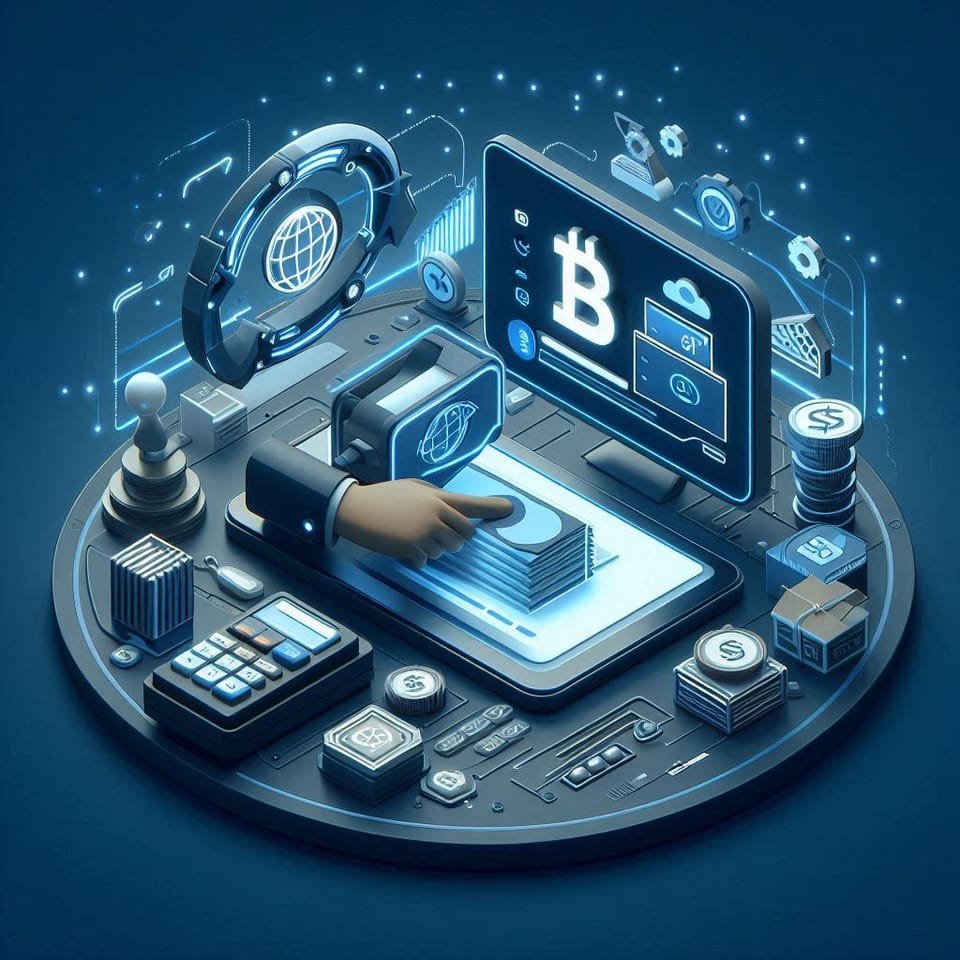Personalization in B2B Payment Automation: Enhancing the User Experience

When we think of B2B payments, the first words that come to mind usually aren't "personalization" or "user experience." In B2B transactions, the focus has long been on efficiency, accuracy, and security. However, there’s a crucial element often overlooked: the person on the other side of the screen. The one managing those complex payment processes day in and day out. And here's the truth that many in the industry are starting to realize: personalization in B2B payment automation is not just a nice-to-have, it’s a game-changer.
Let's discuss why personalization matters and how it can enhance the user experience in B2B payment systems. More importantly, let's explore how this translates into tangible business benefits—after all, that's what payment leaders are ultimately concerned with.
The Human Element in B2B Payments
In B2C (business-to-consumer) transactions, personalization is expected. Think of the last time you logged into your online banking app or shopped on a major e-commerce platform.
You likely had a tailored experience—your previous actions were remembered, relevant suggestions were made, and the interface felt intuitive and responsive to your needs.
Why should B2B payments be any different?
The individuals managing B2B payments are users just like any others. They have preferences, habits, and pain points. Yet, too often, B2B payment platforms treat all users the same, providing a one-size-fits-all solution that can lead to frustration, inefficiency, and ultimately, errors. When personalization is introduced into these systems, it acknowledges the human element, making the process smoother and more intuitive.
What Does Personalization Look Like in B2B Payments?
Personalization in B2B payments isn't about flashy features or superficial changes. It's about creating a system that understands and adapts to the specific needs of the user. Here are some examples of how personalization can manifest in a B2B payment platform:
- Tailored Dashboards: Imagine logging into your B2B payment platform and seeing a dashboard that’s designed specifically for your role and responsibilities.
Instead of a cluttered interface, you have quick access to the most relevant information—whether it's pending invoices, approval workflows, or a summary of recent transactions. This reduces the cognitive load and allows users to focus on what matters most. - Custom Approval Workflows: Different organizations have different approval processes, and even within the same organization, these can vary by department or project.
A personalized payment system can allow users to create and save custom workflows that mirror their specific needs, reducing the time spent on repetitive tasks and minimizing the risk of errors. - Role-Based Access and Permissions: Personalization can also extend to security, ensuring that each user has access to the right information and tools based on their role.
This not only enhances the user experience by reducing confusion but also strengthens the overall security of the payment system. - Predictive Analytics and Recommendations: By analyzing user behavior and transaction patterns, a personalized system can offer predictive analytics and tailored recommendations.
For instance, if a user frequently handles transactions with a particular vendor, the system might suggest preferred payment methods or flag any irregularities that could indicate potential issues. - Personalized Notifications and Alerts: Users can choose how they want to be notified about important events—whether it's via email, SMS, or within the platform itself. They can also set preferences for the types of alerts they receive, ensuring they stay informed without being overwhelmed.
Your previous actions were remembered, relevant suggestions were made, and the interface felt intuitive and responsive to your needs. Why should B2B payments be any different?
Why Personalization Matters: The Business Impact
Now that we've covered what personalization looks like, let's get to the crux of the matter: why does this matter to your business? What’s the return on investment for integrating personalization into your B2B payment platform?
- Increased Efficiency: When users can access the tools and information they need quickly and easily, they work more efficiently. Tailored interfaces and workflows mean less time spent searching for data or navigating through irrelevant screens.
In a B2B setting, where time is often equated with money, these efficiency gains can have a significant impact on the bottom line. - Reduced Errors: Personalization reduces the likelihood of errors by providing users with the right tools for their specific tasks.
For example, if an approval workflow is customized to match a company’s internal processes, there’s less room for mistakes that could lead to payment delays or compliance issues. - Enhanced User Satisfaction: A system that adapts to the user’s needs leads to higher satisfaction. And while user satisfaction might sound like a soft metric, it has hard consequences. Satisfied users are more likely to adopt and effectively use the system, leading to higher productivity and better overall performance.
In contrast, frustrated users may seek workarounds, which can compromise the integrity of the system and lead to security vulnerabilities. - Improved Compliance and Security: Personalization isn’t just about making things easier—it’s also about making things safer. Role-based access controls and customized workflows ensure that sensitive information is only accessible to those who need it, reducing the risk of unauthorized access and potential fraud.
Additionally, predictive analytics can help detect anomalies before they become serious issues, enhancing the overall security of the payment system. - Scalability and Adaptability: As your business grows, your payment needs will evolve. A personalized system is inherently more flexible, allowing you to scale and adapt without overhauling your entire payment infrastructure.
Whether you're expanding into new markets or integrating new payment methods, a personalized platform can grow with you, ensuring continuity and minimizing disruption.
Overcoming the Challenges
Of course, implementing personalization in B2B payments isn’t without its challenges. It requires a deep understanding of your users, robust data analytics capabilities, and a commitment to continuous improvement.
There’s also the challenge of balancing personalization with standardization—after all, you don’t want to create a system that’s so tailored to individual users that it becomes unmanageable at scale.
However, these challenges are not insurmountable. With the right approach, personalization can be implemented in a way that enhances user experience without sacrificing efficiency or security.
It starts with a thorough analysis of your users' needs, followed by the development of flexible, user-centric features that can be easily adapted and scaled.
The Future of B2B Payment Automation
As we look to the future, it’s clear that personalization will play an increasingly important role in B2B payment automation. The trend is undeniable: businesses that embrace personalization will not only improve their user experience but also gain a competitive edge in the market. Those that ignore it risk falling behind, as their users demand more intuitive, responsive, and personalized solutions.
The key takeaway for payment leaders is this: personalization is not just about making things easier for your users—it’s about driving real business value. By investing in personalized B2B payment solutions, you’re not just enhancing the user experience; you’re also positioning your organization for long-term success.
WDIR, your partner in user experience excellence
At WDIR, we specialize in creating user-centric B2B payment solutions that deliver tangible business results. We're trusted by the world's leading financial institutions and innovative fintechs to create seamless, intuitive, and secure payment business experiences!
